Mortar and Paint analysis results and an assessment of the historic render and paint schemes used on the southern elevation
It is known that the Custom House, now a grade II listed building, was designed by Decimus Burton and opened in 1838/1839, as recorded by Fleetwood Museum who now occupy the building. By 1887 the building was in use as council offices and from 1894-1974 as the Fleetwood Town Hall. Fortunately, there are early paintings and photographs of the building, which show the building shortly after completion, with its stone coloured render. The design is still influenced by classical style, promoted in Vitruvius Britannicus and other earlier publications. These stress the beauty of the architectural elements of the buildings, referring to refinement and elegance, and they promote enrichment that is provided by symmetrical stucco work, and decorative medallions and crests. The exteriors were stone or decorated in light stone colours so as not to detract the eye from the architectural style and delight.
The mortar analysis of the render, detailed in appendix 1, suggests that the original renders applied to this building’s southern elevation were bound with an aluminate and iron rich hydraulic lime mortar, called natural cement. Picton describes how Roman Cement was first used in Liverpool as external coatings to the front of buildings in about 1820.[1] It was used by Liverpool Corporation on their buildings between 1832 & 1834,[2] and two Roman Cement dealers in Liverpool are listed in Gore’s Directory from 1834.[3] This natural cement appears to have arrived by ship into the port, and the author has come across other examples of its use in Liverpool, upto the 1870’s. This use certainly extended to Lancaster in the same period, based on render analysis by the author at Lancaster Grand Theatre.
The use in Fleetwood is confirmed by Charlie MacKeith, who has checked the schedule of rates of duty for all goods entering and leaving the port of Fleetwood, (appended to the act of parliament for the port in 1837), which lists cement. This can only refer to Roman cement as OPC had not been produced at this early date. This cement was mixed with beach or estuary sand, as evidenced by remnants of shells, still found in it, see photo below. But unfortunately, as the mortar analysis shows, the salts within the sand subsequently have destroyed the fabric of the render.
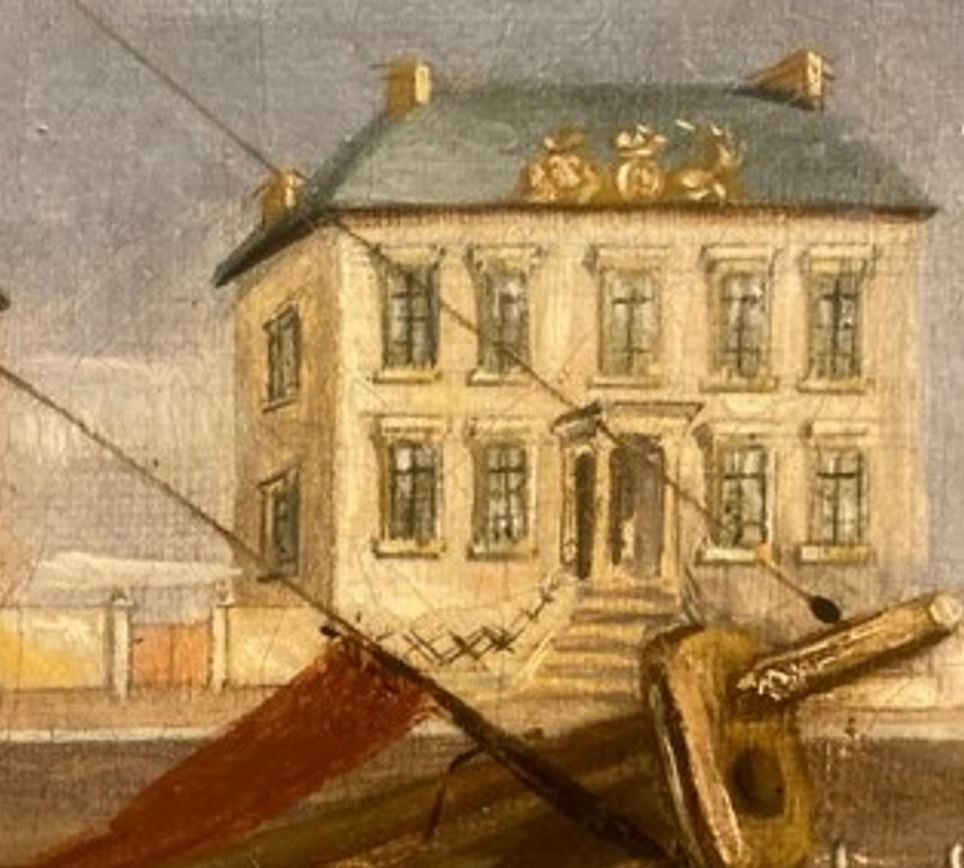
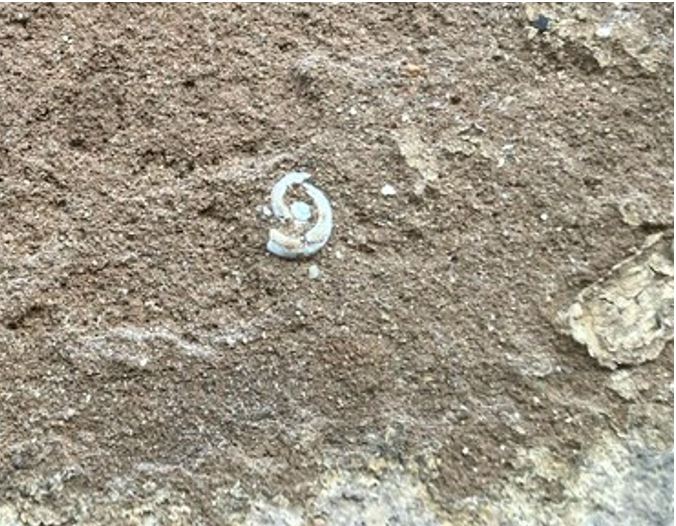
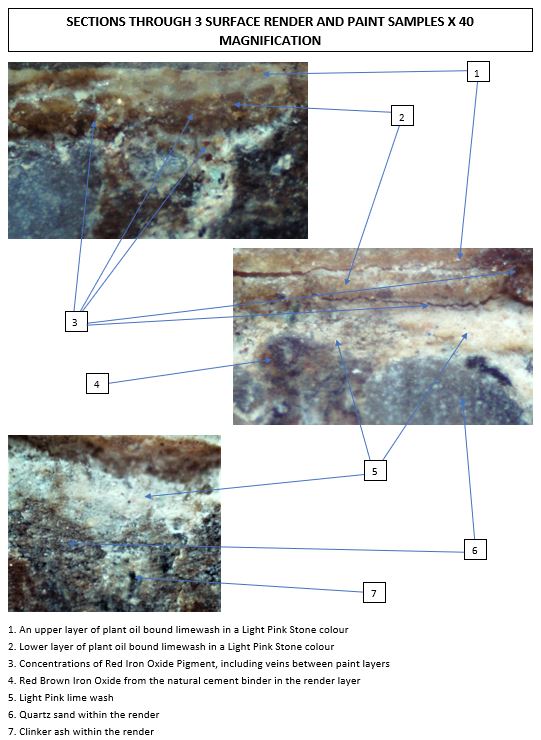
[1] Sir James Allanson PICTON, ‘The Architectural History of LiverpoPhool ... Papers Read Before the Liverpool Architectural and Archæological Society’ (The Liverpool Architectural and Archæological Society, 1858), 61.
[2] J. and J. Mawdsley, ‘The Account of the Corporation of Liverpool, with Their Treasurer from the 18th of October, 1832 (to the 31st of August, 1834).’ (Liverpool Corporation, 1834).
[3] ‘Gore’s Directory of Liverpool and Its Environs for the Year’ (Gore’s Directory Liverpool, 1834).
Related Articles
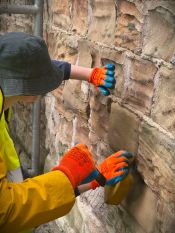
The steps members of the Waterton’s Wall restoration team, with support from Mark Womersley, have been following to consolidate, conserve and repair this historic wall that represents the successful efforts of Charles Waterton to preserve the wildlife that lived on his estate near Wakefield in West Yorkshire.
1. Fill deep voids behind the wall’s facing stones with deep pointing work. The works involve …
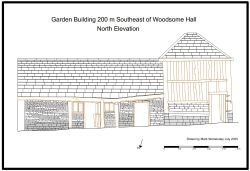
Mark spent a day recording a historic timber-framed garden building at Woodsome Hall
Mark Womersley, as part of his voluntary work with the Yorkshire Vernacular Buildings Study Group, spent…
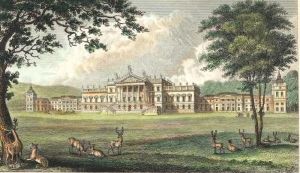
M Womersleys were delighted to offer a day of tutoring to those who attended the Wentworth Woodhouse Working Party
M Womersleys were delighted to offer a day of tutoring to those who attended the Wentworth Woodhouse…